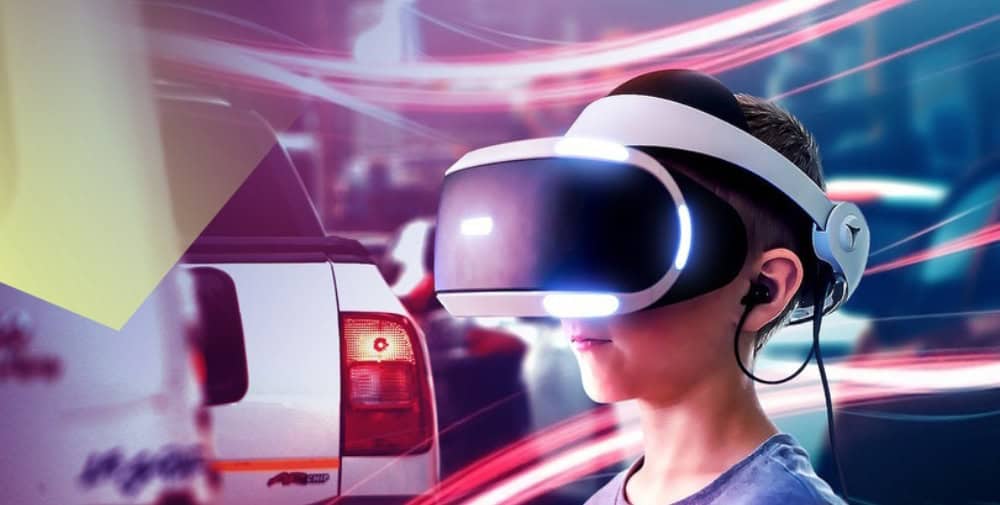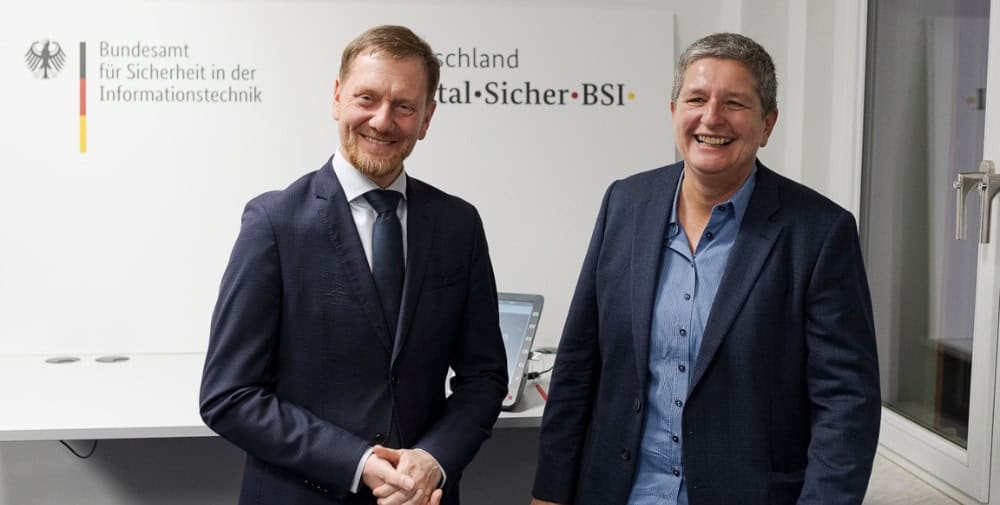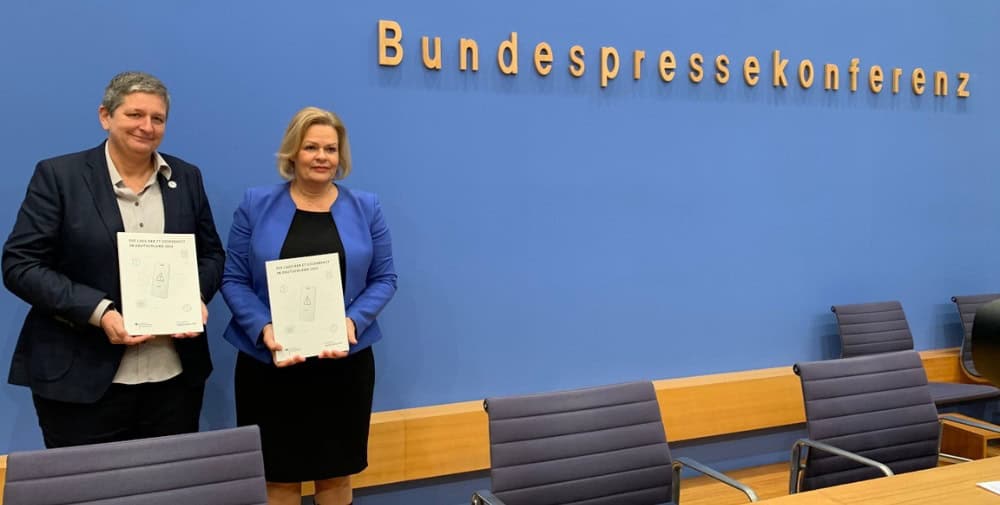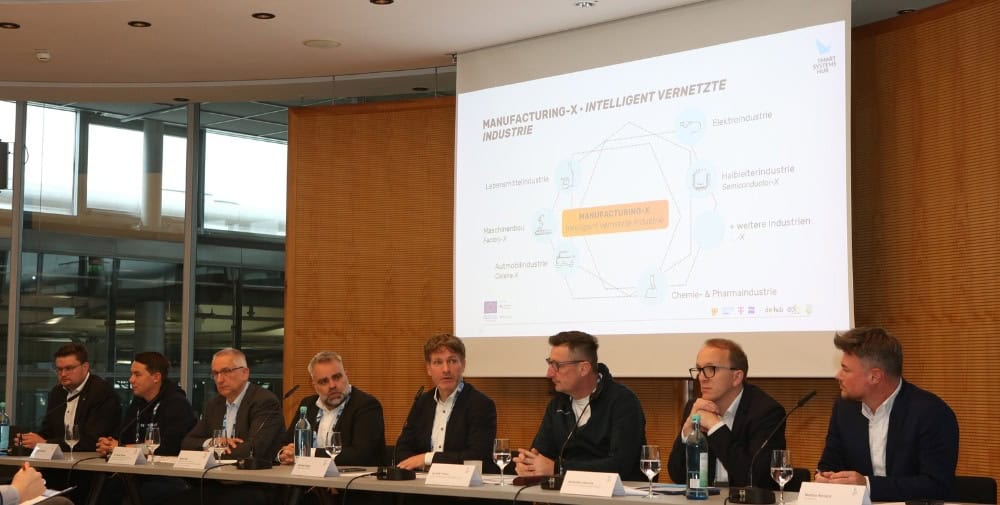This is precisely where the COLLISION ZERO project by the Fraunhofer Institute for Transportation and Infrastructure Systems IVI and the Wildstyle Network agency comes in. The ambitious goal is to ensure that no child is harmed in road traffic. A platform is to be created that not only documents accidents involving children and young people throughout Germany, but also makes them tangible for current and future generations in the form of 3D simulations that are as realistic as possible using state-of-the-art VR technology. The highlight: thanks to the police’s EUSKa platform (Electronic Accident Type Map), all accident data from all regions of Germany can be used for the simulations in the future. So far, the project has access to data from Saxony, Saxony-Anhalt, Brandenburg, Bavaria, Schleswig-Holstein, Rhineland-Palatinate, Hesse, Bremen and Hamburg. Instead of confronting children with standardized accidents from unknown locations, COLLISION ZERO will visualize accident black spots from the immediate surroundings, e.g. in the vicinity of the respective school, of the children and adolescents. After all, adolescents most frequently have accidents on their way to or from school. Using not only the most common critical traffic situations to raise awareness in the project, but also highlighting the most dangerous accident blackspots in the immediate vicinity of this age group therefore makes perfect sense.
PAPS XR image film. Video: COLLISION ZERO
Nine to fifteen-year-olds as a target group – the forgotten age group
Project manager Nora Strauzenberg, traffic psychologist at the Fraunhofer Institute for Transportation and Infrastructure Systems IVI, and her team have chosen nine to fifteen-year-olds as the first main target group – the “forgotten age group”. While traffic education courses and visits from the police are still part of the fixed educational mandate in kindergarten and elementary school, too little is done in this regard later on – usually until they start learning to drive. Nora Strauzenberg finds this incomprehensible, as this age cohort is statistically one of the most vulnerable in road traffic. “The early traffic education courses have mostly been forgotten at this age. There are no regular refresher courses. Moving on to secondary school often involves further and unfamiliar journeys. In addition, children and young people are in a phase of their lives – puberty – in which they are increasingly taking risks and want to prove themselves. While the general number of accidents is falling, the number of accidents in this age group is rising – especially among cyclists.”
Nora Strauzenberg has already researched how children and young people can be better protected and prepared for critical traffic situations as part of the Fraunhofer IVI Accident Prevention School (FAPS) – the predecessor project to COLLISION ZERO, which was awarded the German Mobility Prize in 2017. Even back then, 2D and 3D simulations of accident scenarios were used to raise awareness among young people, albeit on tablets and large touchscreens. Initial trials with VR goggles followed. The results were promising. Even then, the class groups visited were highly motivated and interested in the entertaining teaching units. The knowledge gained was still present long after the visits to the Fraunhofer IVI. Teachers, parents and especially the children and young people were enthusiastic.
VR glasses as protection – creating attention means creating memories
Nora Strauzenberg proudly presents the VR content that has already been developed at the Wildstyle Network agency in Dresden. The first test scenario loads quickly and takes users to a menu. Three options are available: the view of a truck driver involved, a cyclist and an uninvolved passer-by. First the bicycle: As a child, you cycle along an urban main road towards a junction. A truck drives slowly past you, flashes to the right and suddenly turns off at the junction. The attempt to brake fails. A nightmare for everyone. Now the same situation from the truck driver’s point of view: You are driving along a street in the city center, past parked cars and at a short distance from the cycle path running parallel to it. The truck flashes its lights. The person behind the wheel looks in the mirror. Then a last check over the shoulder. Nothing to see. The steering wheel turns. The truck jolts and stops. The third point of view, that of the passer-by, allows you to see what has happened once again. You want to shout “BREMS!” to the child, but it’s already late.
It becomes impressively clear how differently traffic situations are perceived every day. The blind spot of the truck. The actual right of way of a cyclist. The unobstructed view and helplessness of a pedestrian. Possible solutions need to be discussed shortly afterwards. Should the truck driver have stopped despite the apparently clear road? Should the cyclist have had the foresight to give up his right of way? The solution is simple, but only becomes clear after this small moment of shock. “Children and young people learn through experience. But some situations should never have to be experienced by adolescents in real life. This is exactly where our COLLISION ZERO project comes into play,” explains Nora Strauzenberg. After an intensive exploration phase in 2023, the first prototype of the VR application was completed in 2024. Studies, further prototypes, numerous tests and system developments will follow until the end of the project in 2026. An app, a web portal and the final VR platform will gradually be created. With Wildstyle Network, Nora Strauzenberg and the Fraunhofer IVI have an experienced partner and software developer at their side.
GAIA-X as the cloud platform of choice – artificial intelligence as the key
GAIA-X, the “powerful, secure and trustworthy data infrastructure for Europe”, is to become the new home of COLLISION ZERO. The modular platform design and artificial intelligence will be used to create the worlds and scenarios that will captivate students in the future. Detailed streets in a 500-metre radius around the selected accident scenario, adaptable weather conditions, realistic driving animations and all this in multiple perspectives – technically, these are no easy feats. Finally, it is necessary to implement official accident data, descriptions of the course of the accident, 3D geodata and weather data in each of the selected scenarios and, in perspective, for all schools and regions in Germany. Data harmonization and anonymization/clustering (NLP, DL), data selection and analysis, AI-/GIS-based annotation, animation methods (road geometry > line of motion > world coordinates) and dynamic profiles (trajectories) must be implemented for this purpose.
The technical realization of the project is a tricky task and will certainly challenge Wildstyle Network over the next two project years. However, the agency’s project coordinator Jens Franke is confident that COLLISION ZERO, like the FAPS project in the past, will achieve what all project partners have in mind. Numerous interested parties and supporters were convinced of the importance of the project long before the planned application went live. From schools and ministries to cities and municipalities, numerous partners have become aware of the project or have already signed corresponding declarations of intent. After all, it is clear that COLLISION ZERO is more than just another traffic training program for children and young people. The project will comprehensively improve the protection of this most vulnerable target group. For example, the 3D animations will also help traffic and urban planners to identify the causes of accident blackspots and mitigate them accordingly. The service is also intended to open the eyes of other road users to the dangers of children and young people in road traffic. Raising awareness among nine to fifteen-year-olds alone will not achieve the project goal of preventing children and young people from being injured in traffic. As a reminder: only 50 percent of all accidents involving this target group are caused by them. Nora Strauzenberg and her project team therefore have a long way to go. But one that is important and is therefore being pursued with full conviction by everyone involved.
Contacts
Fraunhofer IVI
Zeunerstraße 38
01069 Dresden
Phone: +49 351 4640800
Email: info@ivi.fraunhofer.de
Wildstyle Network GmbH
Werner-Hartmann-Str. 6
01099 Dresden
Phone: +49 351 7962500
Email: anja.neufert@wildstyle-network.com
– – – – – –
Further links
👉 Project COLLISION ZERO
👉 FAPS – Fraunhofer IVI Accident Prevention School
👉 PAPS-XR | Collision Zero
👉 Podcast “Digital Traffic Education”
Photo: Fraunhofer IVI
– – – – –
This article was written exclusively for “NEXT In Focus: Software”.
👉 To the complete issue of the magazine



